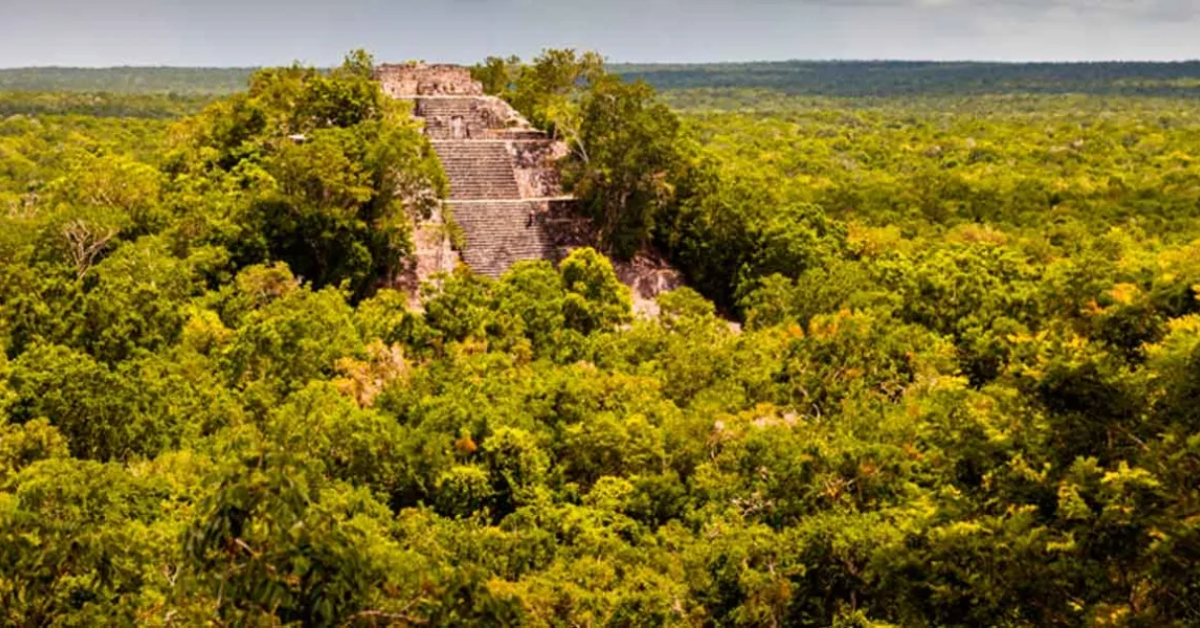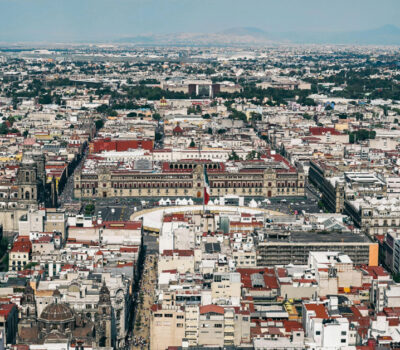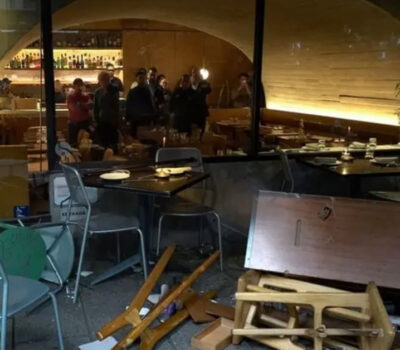In a groundbreaking discovery, archaeologists have unveiled a sprawling Mayan city hidden beneath the dense jungles of Campeche in southern Mexico. Named “Valeriana” after a nearby freshwater lagoon, the ancient metropolis was brought to light through advanced lidar technology, revealing 6,674 new structures—including pyramids reminiscent of those at Chichén Itzá and Tikal.
According to a study published on October 29 in the journal Antiquity by the University of Cambridge, Valeriana dates back to the Classic period (250 to 900 AD) and showcases all the hallmarks of a classic Mayan political capital. The city comprises multiple enclosed plazas interconnected by a wide causeway, monumental pyramids adorned with temples, and even a traditional ball court.
“We didn’t just find rural areas and smaller settlements,” said lead author Luke Auld-Thomas of Northern Arizona University. “We also found a large pyramid city right next to the only road in the area, near a village where people had been actively farming among the ruins for years.”
Second Only to Calakmul
Experts believe Valeriana is the second-largest complex in terms of density, following Calakmul, which is considered the largest Mayan site in ancient Latin America. The sheer scale of the discovery has astonished researchers and has significant implications for our understanding of Mayan civilization.
“This really puts an exclamation point behind the statement that no, we haven’t found everything, and yes, there is much more to discover,” Auld-Thomas remarked.
The Power of Lidar Technology
The discovery was made possible by lidar (Light Detection and Ranging), a laser surveying technology that can map structures buried beneath thick vegetation. This method allows scientists to identify anomalies in the landscape from the comfort of an office, uncovering hidden pyramids, residential areas, and other infrastructural elements of ancient civilizations.
“That sample was obtained with great effort by archaeologists who walked carefully over every square meter, to see if they were on a pile of rocks that could have been someone’s house 1,500 years ago,” Auld-Thomas explained.
Despite its effectiveness, lidar surveys are expensive, and funding organizations are often hesitant to invest in regions that are not already known for historical significance. This hesitation left parts of Campeche as blank spaces on archaeological maps—until now.
A Collaborative Effort
In 2013, a consortium focused on carbon tracking commissioned an extensive lidar study. Auld-Thomas, along with researchers from Tulane University, Mexico’s National Institute of Anthropology and History, and the University of Houston, analyzed this data to explore over 80 square kilometers of previously uncharted territory in Campeche.
“The government never knew about it; the scientific community never knew about it,” Auld-Thomas said, highlighting the significance of the find.
Looking Ahead
Future research will concentrate on fieldwork at the newly discovered sites. Archaeologists hope that studying Valeriana will not only deepen our understanding of Mayan urban development but also provide insights into modern challenges related to urban planning and sustainability.
“This discovery opens up a whole new chapter in Mayan archaeology,” Auld-Thomas noted. “It underscores the importance of utilizing advanced technologies like lidar to uncover the secrets still hidden beneath our feet.”
As excavations begin, the world watches with anticipation, eager to learn more about this lost city and the civilization that once thrived there.
In a groundbreaking discovery, archaeologists have unveiled a sprawling Mayan city hidden beneath the dense jungles of Campeche in southern Mexico. Named "Valeriana" after a nearby freshwater lagoon, the ancient metropolis was brought to light through advanced lidar technology, revealing 6,674 new structures—including pyramids reminiscent of those at Chichén Itzá and Tikal.












